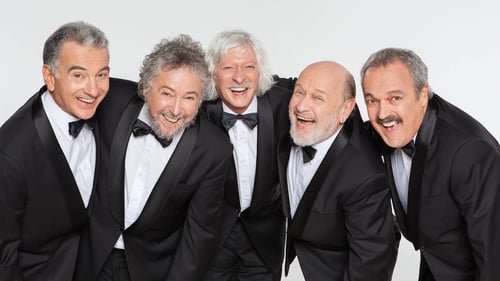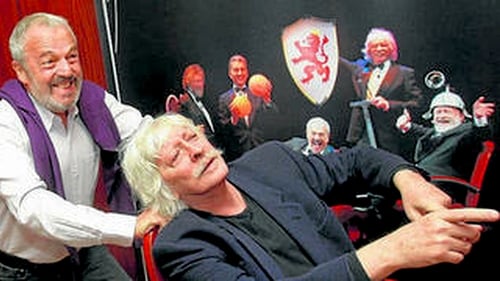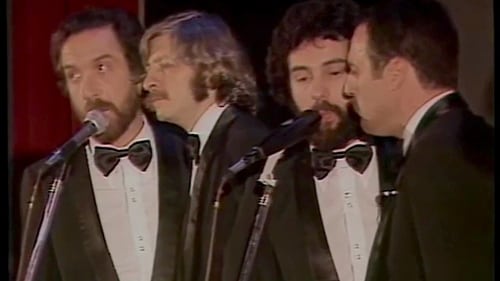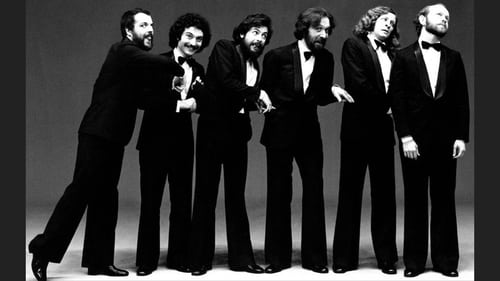Ernesto Acher
출생 : 1937-10-09, Buenos Aires, Argentina.
약력
Architect. Musician. Actor. Composer and orchestral conductor. He joined Les Luthiers between 1971 and 1986.
Buenos Aires, 10/9/1939
His first intervention with Les Luthiers was in April 1971, when Opus Pi premiered at the Astengo Theater in the city of Rosario. His entry occurred to replace Marcos Mundstock, who had taken a momentary leave.
"At that time I participated as a guest in a single number, the 'Pieza en forma de tango' Piece," remembers Acher. "I was introduced as Arístides Garófalo. I came out dressed in a striped suit, with a scarf around my neck and the typical tango hat."
His father was a Turkish immigrant and his mother was born in Argentina, from a turkish heritage. Architect, although he always manifested a strong musical vocation. At the age of three he was already sitting in front of his mother's piano and hitting the keys. And at eight he began to study with a teacher.
In his school years, fascinated by the jazz songs that were broadcast on the radio, he began to admire musicians such as Benny Goodman and Tommy Dorsey. He learned to play the clarinet and formed a traditional jazz group. In his last years of university he studied with the Austrian teacher Erwin Leuchter, who opened the doors to a deeper musical knowledge.
Shortly after entering Les Luthiers, he composed the Manuela's blues. Several other jazz works and pieces from other genres would follow.
Interpretively, he was noted for his ability with wind instruments, although he also demonstrated his skills as a pianist in some works, such as the live versions of Piece in the form of tango, La Chanson de Les Luthiers and Oi Gadóñaya and others.
Over time, he acquired a strong stage role, which reached its peak in works such as the Cantata by the advanced Don Rodrigo Díaz de Carreras ... and La gallina said Eureka.
He left Les Luthiers in 1986 and began new musical directions. He edited a musical entertainment disc called Juegos, and then, together with Jorge Navarro and other musicians, he created the musical group La banda elástica, which in the following years would premiere four shows and record three discs. With Jorge Navarro and Baby López Furst, he also recorded Gershwin, the man we love.
Later, with Navarro, he would successfully present the show of the same name at the Colón Theater, the Coliseum Theater, the Opera Theater and the Argentinian Theater in La Plata.
He also ventured into stage humor, starting with the one-man show Humor con Acher, released in 1993. Thereafter he carried out numerous activities as a composer, arranger, orchestral director and performer.
In 2002 he decided to settle in Chile where, in addition to his artistic activity, he was a professor at the Diego Portales University of Santiago for seven years. After having lived in Concepción, Santiago and Linares, in 2016 he returned to Buenos Aires, where he currently resides.
In 2017 he resumed his humorous activity with his show Humor a la carte and in March he returned to his program Los rincones de Acher on Radio Nacional Clásica. That year, he presented the true Cinderella, a musical tale for the whole family, in collaboration with Jorge de la Vega at the Piazzolla Auditorium of the Borges Cultural Center.








